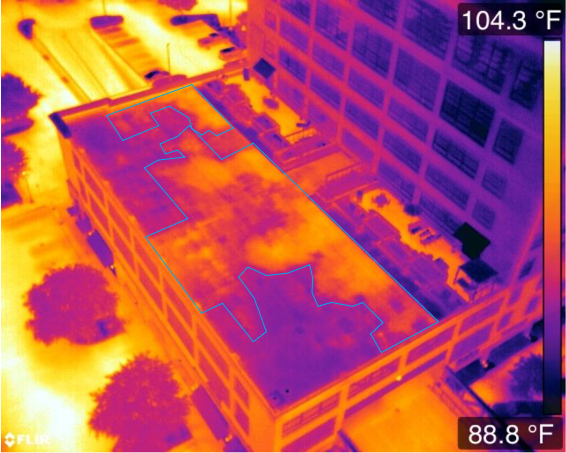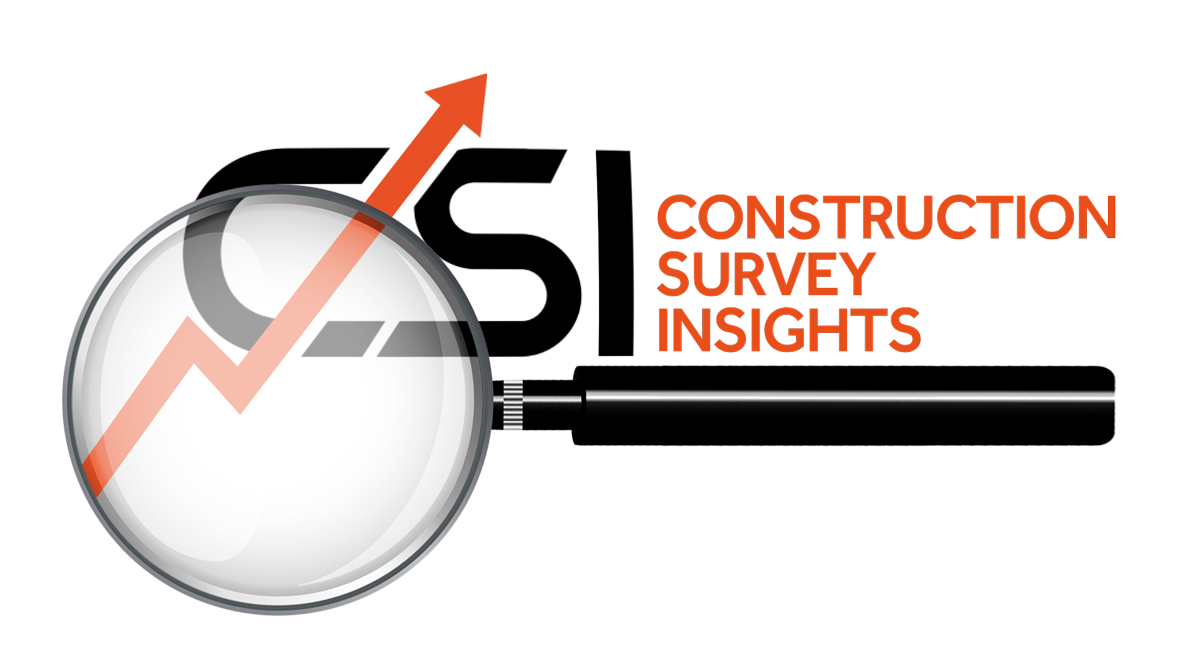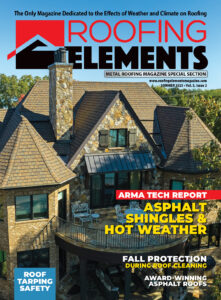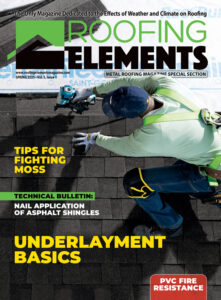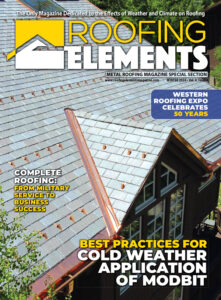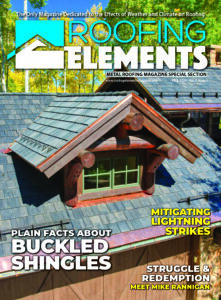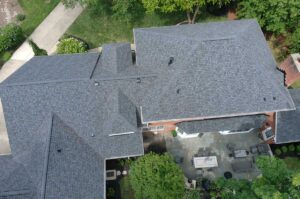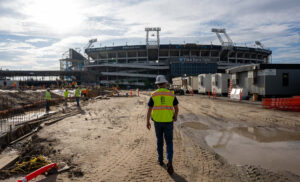By Karen Knapstein
Thermal imaging can be an effective tool for evaluating a roof assembly for moisture and other damage. Not only can it save time and money, but it can also contribute to a more accurate roof assessment. However, the person doing the thermal imaging — whether that’s the roofer or someone that’s contracted — must understand the imaging technology, the roofing system, and building science in general.
Jeff Carrillo, owner of Structura View, a company that specializes in providing thermal evaluation services of commercial roofs and vertical assemblies, has a Level II Thermographer certification with a Registered Roof Observer (RRO) designation. He explains that certification courses provide the necessary foundational knowledge to learn “the technology and science about how it works so you can take the basic understanding of functionality and apply it to things in the real world.”
It’s never been easier to get access to thermal imaging equipment. But Carrillo says there are a lot of misconceptions about what thermography is. Therefore, when roofers are contracting out thermography services, it’s important that they work with someone who is qualified and reputable.
Knowing the right questions to ask will help roofing companies discern whether their thermographer is qualified. Carrillo begins, “Having a thermographer certification is a validation that they understand the science and principles behind thermography.” But thermography is just the beginning.
He continues with a list of desirable qualifications:
Make sure they have general liability insurance.
If they use drones, they should have a Remote Pilot Certificate from the FAA. Look into the background of the company: Ask for references. If [the roofer] can get a referral from a colleague from within the industry, it can be a good testament to the thermographer’s capability.
Ask for a sample report. A sample report will show how and if they can provide what’s needed.
Give them the roof specs and have them ask questions. The questions they ask will indicate if they understand what’s needed.
Drones have had a significant impact on the field of thermography providing value in different ways compared to traditional hand-held inspections. Carrillo explains that there are many service providers who know thermography and know drones, but don’t understand building science. Thermography is not a good fit in every situation. When interviewing prospective thermographers, he advises, “Ask questions that would require them to indicate whether they have knowledge of roof construction and the type of roof that [the roofer] needs help with. The responses will show if they understand what they’re doing. A modified bitumen roof with insulating concrete will be a much more challenging survey than a modified bitumen roof with isoboard. And ask what other types of roofs and projects they’ve been involved in.”
Getting accurate thermal readings depends on timing and conditions. If a thermal scan is taken at the wrong time of day, anomalies can show up causing an inaccurate reading. Furthermore, it takes experience to learn to differentiate between the effect of moisture and the lack of insulation, a patch, a leak, debris buildup, ponding water, or other things that can show up on a thermal scan.
Being familiar with thermal imaging technology is just the beginning. The proper application and interpretation of that technology – including knowing under what circumstances it should be used – is critical. “You have to learn through time and experience,” Carrillo says. “The certification courses give you the foundational knowledge and know-how, and then you can begin learning through experience.” RT

